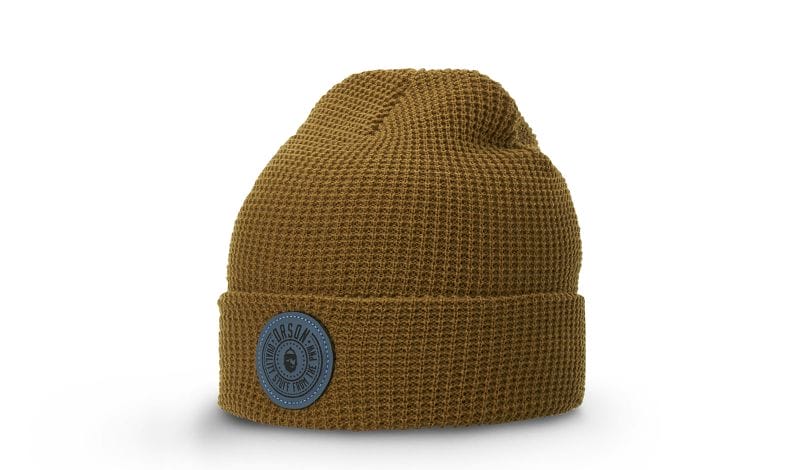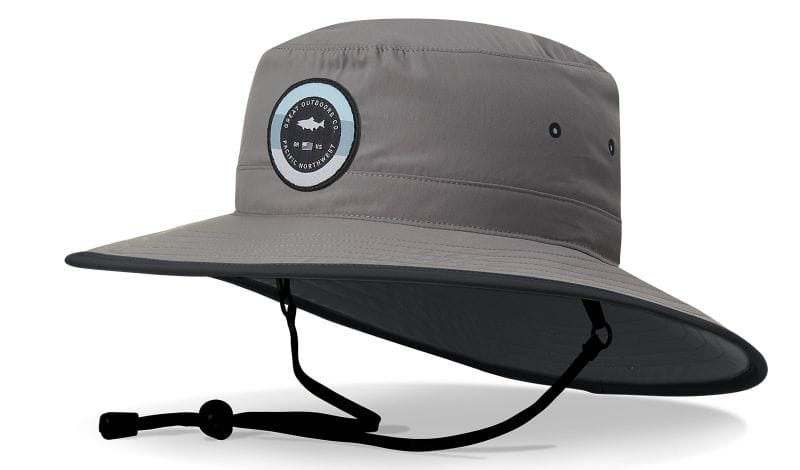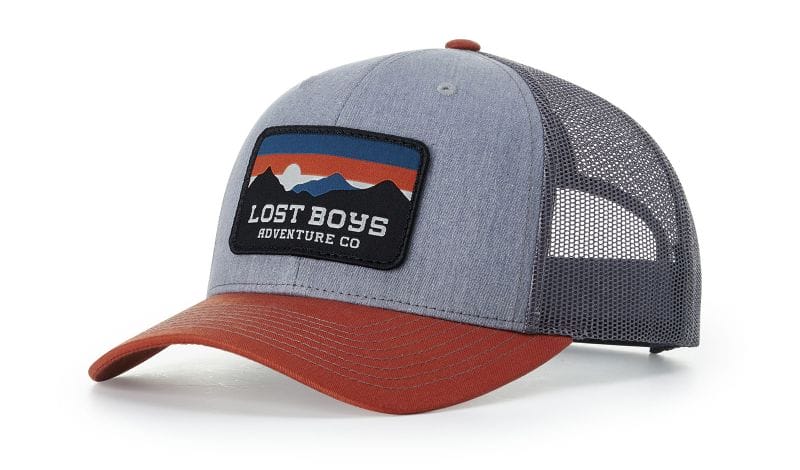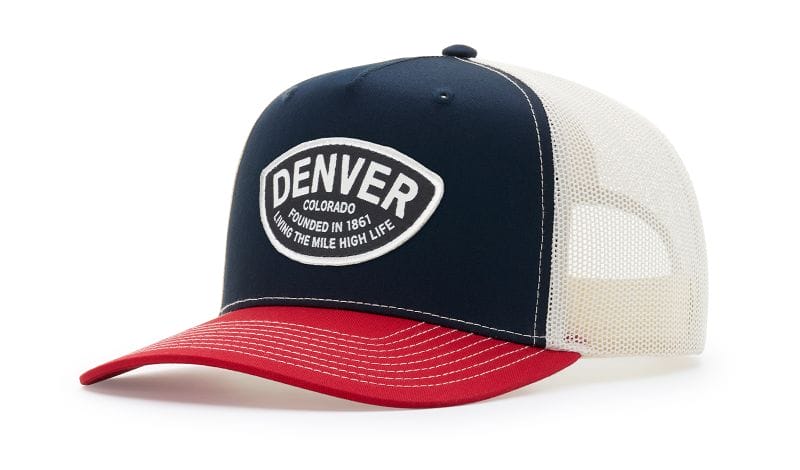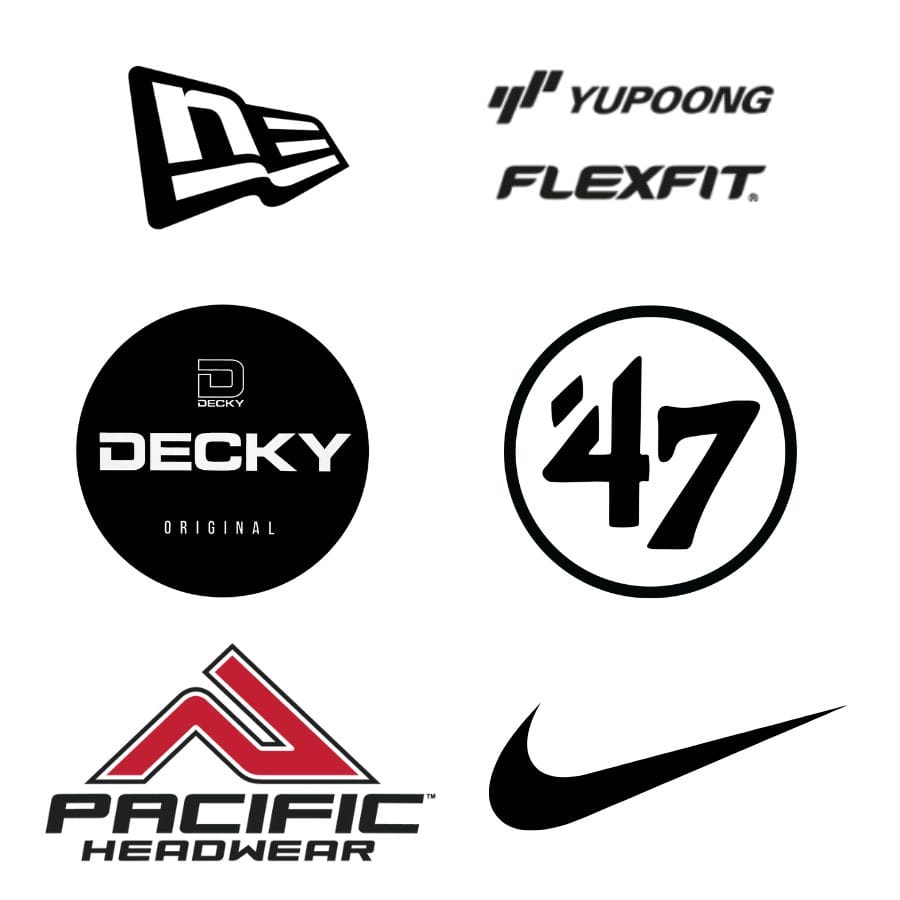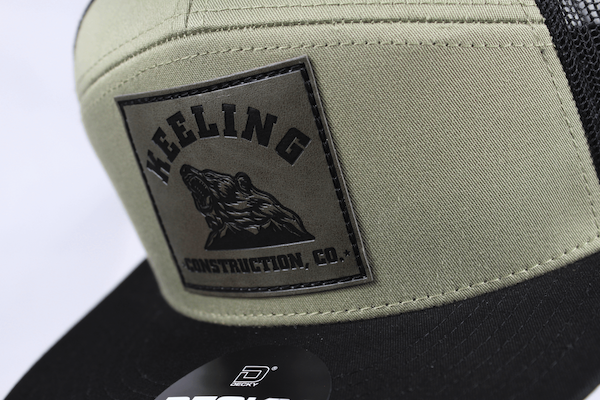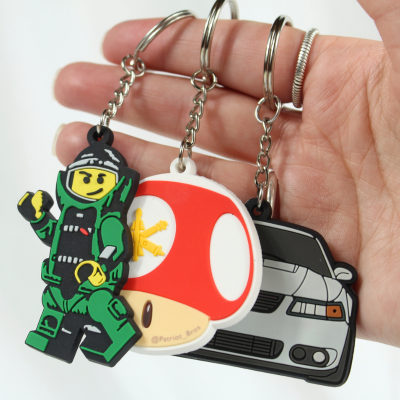What Is Hook Backing and How Is It Used on Patches?

If you’ve ever slapped a patch onto a backpack, jacket, or tactical vest and had it stay put without a stitch, you’ve likely encountered custom hook and loop backing patches. But what is hook backing, exactly? And why has custom hook and loop backing for patches become the best choice for military patches, morale patches, and gear across various industries?
In this guide, we’ll explore hook backing, how it works, and why it’s a game-changer for everything from custom patches to space suits. We’ll also tell you where to order custom hook-and-loop patches.
What Is Hook Backing?
Hook backing is a type of backing used on patches and fasteners that allows for quick, repeatable attachment to compatible surfaces. It’s part of the well-known hook and loop system—invented by Swiss engineer George de Mestral in 1941—where one side is covered in tiny hooks, and the other in soft loops.
The hook side of the fastener grips the loop side to create a secure hold, yet it’s still easy to pull apart when needed. This temporary bond is what makes hook backing so effective and widely used.
Order Custom Hook and Loop Patches
Hook and Loop: How It Works
The hook and loop system relies on two components:
- Tiny hooks (usually on the patch side)
- Loop material (on the base surface, like a uniform or backpack)
When pressed together, the hooks catch onto the loops, holding firmly. This loop system is known for its ease of use and easy attachment—ideal for quick changes and gear updates.
Loop Fasteners and Loop Patches: The Other Half of the System
Loop Fasteners
Loop fasteners are the soft, fuzzy side of the hook and loop duo. Often sewn into gear like tactical gear, military uniforms, or jackets, they provide a flexible base for patches with hook backing.
Loop Patches
Loop patches serve as the mounting surfaces for hook-backed patches. They’re common in settings where patches are swapped frequently—think first responders, law enforcement officers, and medical professionals. The loop surface allows for consistent changes without damaging fabric.
Loop Backing vs. Hook Backing: Know the Difference
Loop Backing
While hook backing is attached to the patch, loop backing is found on the item receiving the patch. Think of it like Velcro’s softer sibling.
Hook Side vs. Loop Side
- The hook side = rough, attached to the patch
- The loop side = soft, attached to clothing or gear
You’ll need both for the system to work effectively.
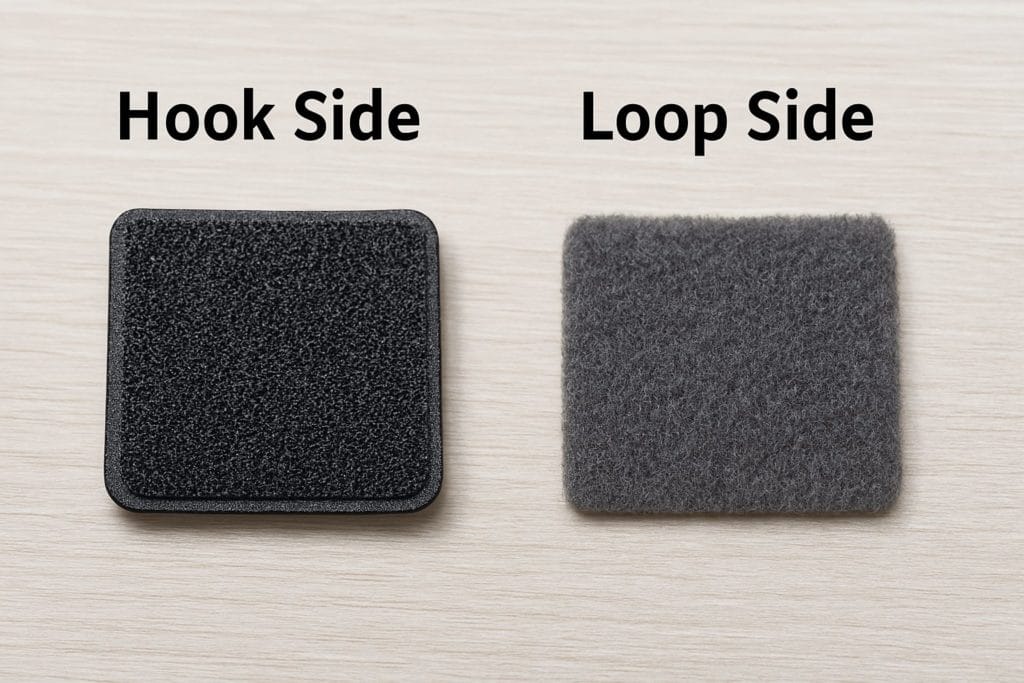
Why Choose Hook Backing for Custom Patches?
Whether you’re designing custom patches for sports teams, high school clubs, or the United States Military, hook backing offers unmatched versatility.
Benefits include:
- Peel and Stick functionality (in the metaphorical sense—no adhesive needed!)
- Strong grip yet easy removal
- Reusability without damage
- Clean application on multiple surfaces
The versatility of hook makes it ideal for morale patches, military patches, and tactical gear alike.
Custom Hook Options: Get Creative With Your Patch Backing
When ordering custom hook patches, you’re not stuck with one size fits all. You can select:
- Different shapes for custom design
- Full-color options for vibrant impact
- Matching loop closures for mounting
- Specific sizes for hats, jackets, or packs
Looking for something unique? Ask about a free design consultation, and the final product will be tailored to your brand or unit.
Military Patches and Morale Patches: A Perfect Fit
Military Patches
Hook backing is a standard feature on military patches, especially for branches like the Air Force. Patches can be removed and replaced easily on the field or at base.
Morale Patches
For fun or statement-making patches, hook and loop makes swapping a breeze. Whether it’s a witty phrase or an inside joke, morale patches are all about flexibility and fast changes.
Hook Backing vs. Other Backing Types
Plastic Backing
Used to reinforce embroidery patches, plastic backing makes the patch more rigid but doesn’t provide attachment. It’s often used in combination with other backings.
Adhesive Backing
This “Peel and Stick” option is great for temporary applications but doesn’t have the reusability of hook and loop.
Iron-On Backing
Iron-on backing creates a permanent bond through heat and pressure. While it’s long-lasting, it lacks the flexibility of hook and loop systems.
Sew-On Patches
Traditional and durable, Sew-On Patches offer long-term wear but aren’t as quick to change as hook-backed versions.
Brand Fasteners: Velcro Hook Backing and More
Velcro Hook Backing
Often used interchangeably with hook backing, Velcro Hook Backing is the brand-name version. Trusted by the aerospace industry, it was even used on space suits for its strong bond and durability.
While Velcro Hook Backing is a Best Seller, there are also generic brand fasteners that offer similar quality at a great price.
Why the Versatility of Hook and Loop Makes It a Best Seller
The versatility of hook systems makes them a Best Seller among patch collectors, military personnel, and first responders. Whether you’re applying full-color patches to your jacket or outfitting a team, hook backing is the ultimate blend of function and convenience.
Final Thoughts: Is Hook Backing Right for You?
Still wondering what is hook backing? Simply put, it’s a special type of fastener that helps your patches attach, detach, and reattach with ease—without damaging your gear.
Whether you’re customizing military patches, morale patches, or creating your next custom hook patch, this type of backing is reliable, functional, and versatile. If you want flexibility, style, and ease of use, you’ve found your best choice.
Want help with your design? Fill out our quote request with your email address for expert guidance.
Jack Roddy
I love anything that involves a thrill! Some of my favorite after-work activities include skiing, surfing, kiteboarding, riding my motorcycle and fly fishing on the Deschutes river.


